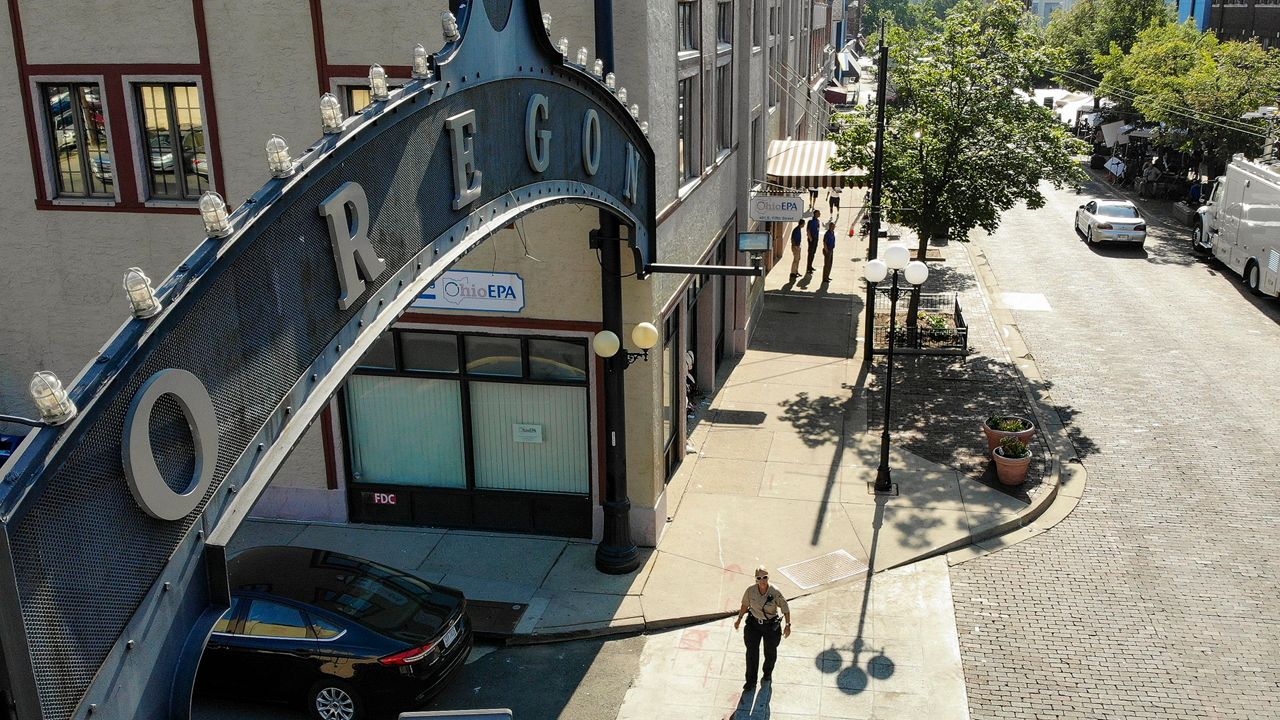DAYTON, Ohio — Mayor-elect Jeffrey Mims Jr. didn’t grow up dreaming of being the elected leader of his hometown. The former “poor kid from Dayton” just wanted to give back to the community that helped raise him.
What You Need To Know
- In November, Jeffrey Mims Jr. won the race to replace Nan Whaley as the next mayor of Dayton.
- A Dayton native, Mims has been on City Commission for the past eight years
- He began his career in public service as an educator in Dayton Public Schools
- Mims' primary goals are to lure back jobs to Dayton and revitalize local neighborhoods
He was a teacher, coach and administrator for Dayton Public Schools for more than 35 years. He was the president of the Dayton Education Association for six terms, advocating for his fellow teachers and the students they taught. He was a soldier in Vietnam, serving with the 604th Air Commando Squadron.
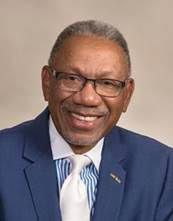
A Democrat, Mims won seats on both the Dayton Public School Board and the State School Board of Education during his more than four decades in public service.
He said his job as a public servant is to help “create a high-quality set of life options for all of Dayton.”
For the past eight years, he served on the Dayton City Commission alongside Mayor Nan Whaley and his fellow commissioners. Mims feels that together they've made "great strides" for the city and its residents.
It wasn’t until Whaley announced in April plans to forgo a run at a third term that Mims started thinking about the mayor position as a realistic next professional step. He had planned to seek a third term on the City Commission.
“‘OK Jeff, you’re it,’” Mims recalls local political pundits and Democratic leadership telling him after Whaley announced her plans to enter the Ohio governor’s race. They told him his experience and deep community connections made him the perfect candidate.
The 74-year-old said he felt confident about his chances on Election Day, especially after visiting polling sites throughout the day. In the end, Mims won a lopsided contest over his opponent, Rennes Bowers, a conservative-leaning political newcomer.
He told friends and supporters that his goal as mayor is simple: Continue the “good work” taking place and ensure Dayton’s momentum makes its way to all its neighborhoods.
Mims will be sworn-in Monday, Jan. 3.
What's next for Dayton
Mims is an optimistic person and has high hopes for the future of the city he loves. But he cautioned that there may be a few rough patches and unknowns ahead for Dayton.
"That's just life," he said.
Prior to the start of the pandemic, the city “had the wind at our back,” Mims said. Growing investment in downtown and several neighborhoods and more jobs meant good things for the community as a whole. He said, with pride, that “Dayton was on the move.”
The crippling effects of COVID-19 mixed with supply chain issues, labor shortages and calls for police reform have upset things in cities across the country. Dayton is no different.
Dayton has faced challenges in the past, though, and they’ve always come out “stronger in the end,” Mims said.
Just two years ago, in 2019, the community endured the onslaught of 19 Memorial Day tornadoes that ripped through the Miami Valley leaving death and destruction in their wake. That was the same year as the Oregon District tragedy, one of the deadliest mass shootings in the city’s history.
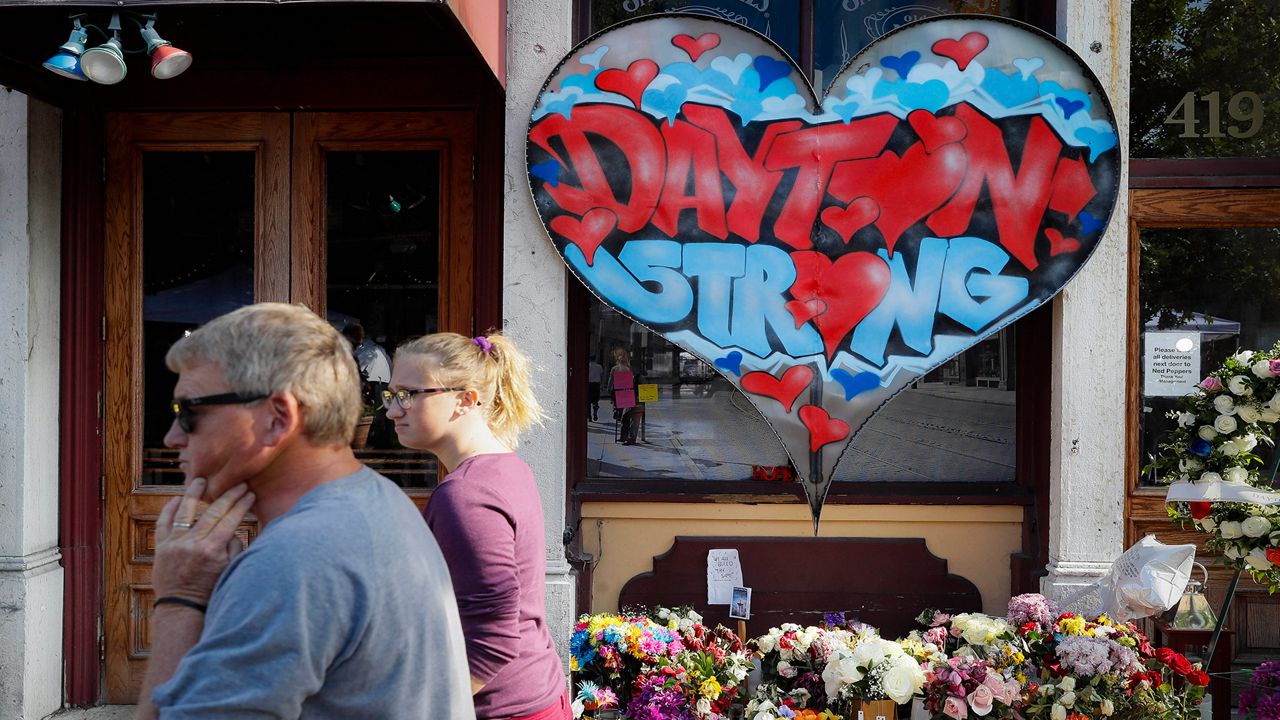
“Each particular crisis that we experienced, actually made us stronger as a city and a government,” he said.
In 2014, the state of Ohio made the decision to cut its annual distribution of millions in Local Government Funds to Dayton and other cities.
To offset those losses, the city proposed a 0.25% increase on income tax in 2016 to help catch up on services and make new investments. Voters approved the measure, marking the first tax increase for the city in 34 years.
That annual $8.6 million was designed for things like road resurfacing, mowing vacant lots, park improvements and public safety. Mims said one of the biggest deals was funding for Preschool Promise, which put money into preschool educational programs for 3 and 4 year olds.
Mims said that was an indicator that the people of Dayton trusted them as elected leaders. He thinks that can happen again.
“I'm just tickled to be in a position to take the baton and to continue the growth and progress in Dayton,” he said. “Some people may still have their doubts about what we’re doing, but I'm sure we can get them on the train and move in the right direction.”
Mims' main focus for the start of his term is maintenance. He said there was a lot of "good work" accomplished by the city over the past eight years. His job, and that of the City Commission, Mims believes, is to make sure they continue.
"My 60-day, my 100-day plan is not so much a list of things, but it's actually doing the work necessary to continue so much of the good stuff that we've been doing for the past eight years," he said.
Mims credits his time on City Commission with preparing him for this next step in his career. He called Whaley a “tremendous friend, tremendous leader." He believes he's be a part of "one of the greatest (elected leadership) teams in Dayton in history."
Joining him on the incoming City Commission are incumbent Commissioners Matt Joseph, Chris Shaw and Darryl Fairchild. Fairchild won re-election in November along with newcomer Shenise Turner-Sloss.
Mims believes having a new voice on the dias could be a “good thing” for Dayton.
Building the economy, improving neighborhoods
Going into the election, Mims’ platform centered around quality-of-life issues, such as job creation, economic development and neighborhood revitalization.
He told voters he wanted to increase the median income for the residents of Dayton. He plans to do that through a series of job-creation initiatives and efforts to lure back manufacturing jobs and attract talent.
A key tool Mims will have at his disposal is $138 million in federal funds Dayton will receive as part of the American Rescue Plan Act (ARPA). The Dayton Recovery Plan framework aimed to use this unprecedented federal funding that has the potential to “disrupt multi-generational poverty, income and health disparities in targeted geographies,” according to a city report released Dec. 8.
The funds will go into six key investment areas: Neighborhoods, amenities, projects that had major catalytic impact (spur other investment), city organization projects, community proposals and small business support.
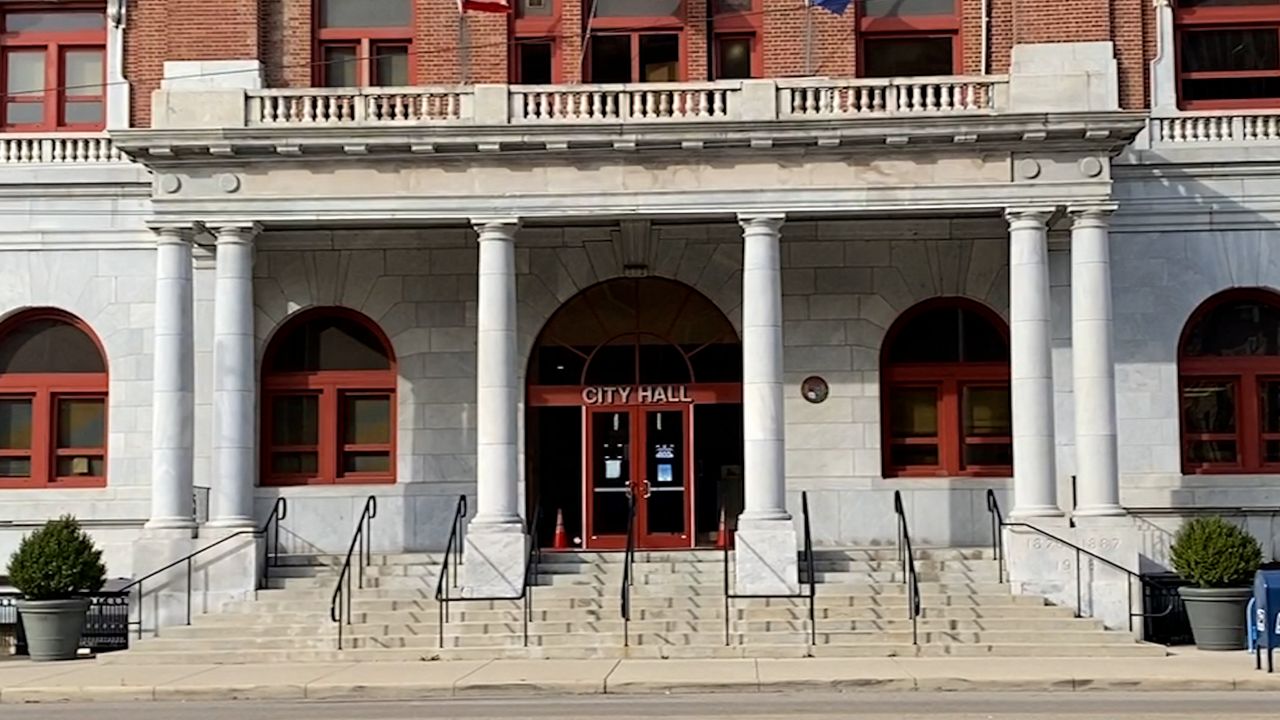
Mims said spending $138 million is a “massive, massive undertaking” and one that shouldn’t be done in a vacuum.
Last term, the city turned to the community for feedback on how to use the money. One of the top concerns raised by residents was a glut of vacant homes. He said those are the result of changed needs by an evolving city.
At its heyday Dayton had about 260,000 residents. Today, that number is closer to 141,000.
That’s a byproduct of flight to the suburbs as well as the closure of plants and factories throughout Montgomery County and neighboring areas, Mims said. The foreclosure crisis in 2008-2009 didn't help matters.
Addressing blighted and abandoned properties will help uplift many struggling communities, Mims said. He feels it will make them more attractive for potential investment dollars and safer for residents.
A “better visual image” of the community is important for building neighborhood pride, he added.
Dayton has identified about 1,000 problem properties, Mims said. He believes they have earmarked funds to address those properties.
Improving police and fire service
One of his major undertakings will be the continued implementation of reforms for the Dayton Police Department that developed following the death of George Floyd and a national movement for changes in law enforcement.
From June 2020 to April 2021, several working groups made up of city leaders and the community reviewed police oversight, training, departmental use of force policies, and internal recruitment and promotion standards. Mims chaired the use-of-force group. They also examined ways to improve community engagement.
Together, they came up with more than 140 recommendations. The department already has implemented some of them, while others are partially implemented or still under review.
Mims said he’s receptive to buy-in and support about the process from both the command staff and the rank-and-file officers. He said that’s in part because officers and the community had a seat at the table.
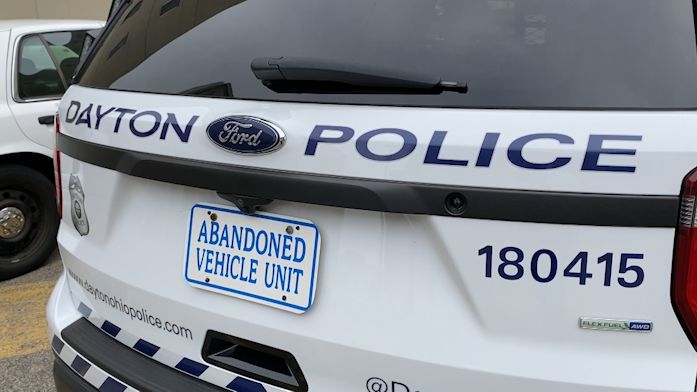
“In all relationships, that history of trust is so important. They would tell me what they think, if they agree with it, or if they don’t. I think that’s a positive thing,” he said. "It’s about being able to talk to one another.”
Some may agree with the process, while others have issues with it, but the important part is they have the lines of communication open, Mims said.
“You're never going to get 100% of everyone on board,” Mims said. “The obligation that we have is to make sure that the change that we have is something that benefits the masses, especially in this situation. This is about making sure more and more people feel comfortable with their potential interaction with police.”
Dayton recently hired a new police chief, Kamran Afzal. He was the police chief in Hopewell, Va. before coming to Ohio.
Afzal still has to look into the "intricacies" of some of the reform recommendations, but most of what he's seen has already been implemented and those still in process are similar to what's in place in police departments across the nation.
While some changes are already underway, Afzal expects there to be more once he's in office and learns about the department's specific needs.
Mims said he's not yet had the chance to speak with Afzal in person, but he plans to change that soon. The chief’s first day was Monday.
“Our new chief comes in at a good time and a challenging time for our city," Mims said. "We find ourselves in a situation where we have to stop, take pause and look at how we can reform our police department for the benefit of our community.”
Who is Jeffrey Mims Jr.?
Mims' family relocated to the Dayton area when he was 2 months old. His parents made the 500-mile car trek from Clanton, Alabama in 1947.
With the exception of a month here or there, Mims has spent his entire life in Dayton. He said his father was a strong figure in his life. “He didn’t take any mess,” said Mims of his father, Jeffrey Sr., who passed away at 60 due to multiple sclerosis.
His mother, Prevella, worked as a pastry cook at Dayton Press, McCall’s Corp. Having a mother who made cakes and pies for a living made Mims the most popular kid in the neighborhood, he joked.
Mims described her as someone who always tried to help kids in need — whether it be with a snack, some advice, or even a little bit of money.
After a bout with COVID-19, she passed away last year at a hospice facility in Dayton. She was 97.
Those community connections, he said, are a major reason he loves Dayton. He also sees having those relationships as advantageous as he works to undo recent damage to the public's trust in government.
“We have to make people believe that the government is here to work for them and to help improve their lives,” he said.
Today, Mims lives in the historic Wright-Dunbar village, located less than two miles from Dayton City Hall. Back in his high school track days, Mims could probably run from his home to City Hall in five or six minutes. "Nowadays, I just take the car and cruise in to work,” he said.
The father of two grown children, Mims also has three grandchildren. When he was their age, he grew up “about 30 seconds down the road" from where he lives today. He said growing up in Dayton was a much different experience back then for himself and many others.
“When my parents and I first moved to Dayton, we were very poor,” he recalled. “Of course, I didn’t know that at the time, thanks to my parents. But we struggled. We lived in people's attics, people's basements, etc. And so, being in a revitalized area in the city of Dayton, it’s really an honor for me.”
Mims said it’s his mission to help other residents thrive and feel pride in calling Dayton home.



